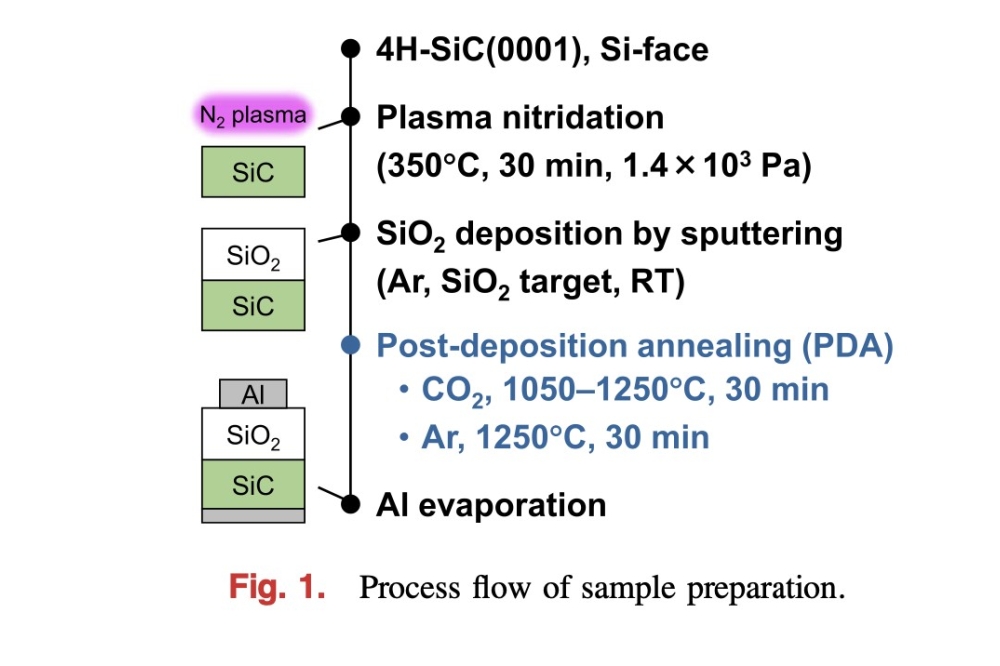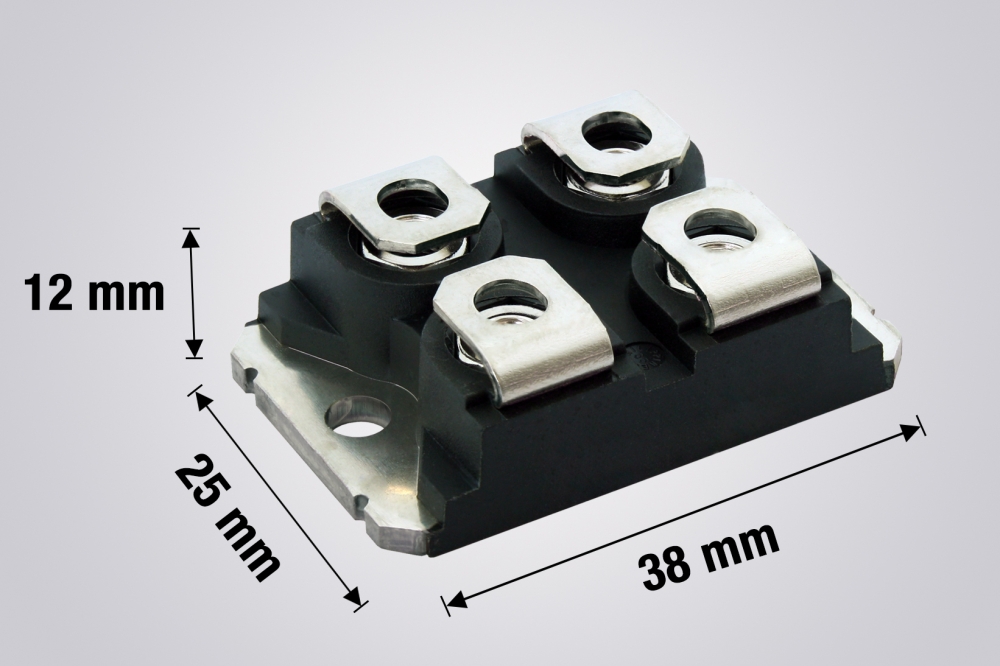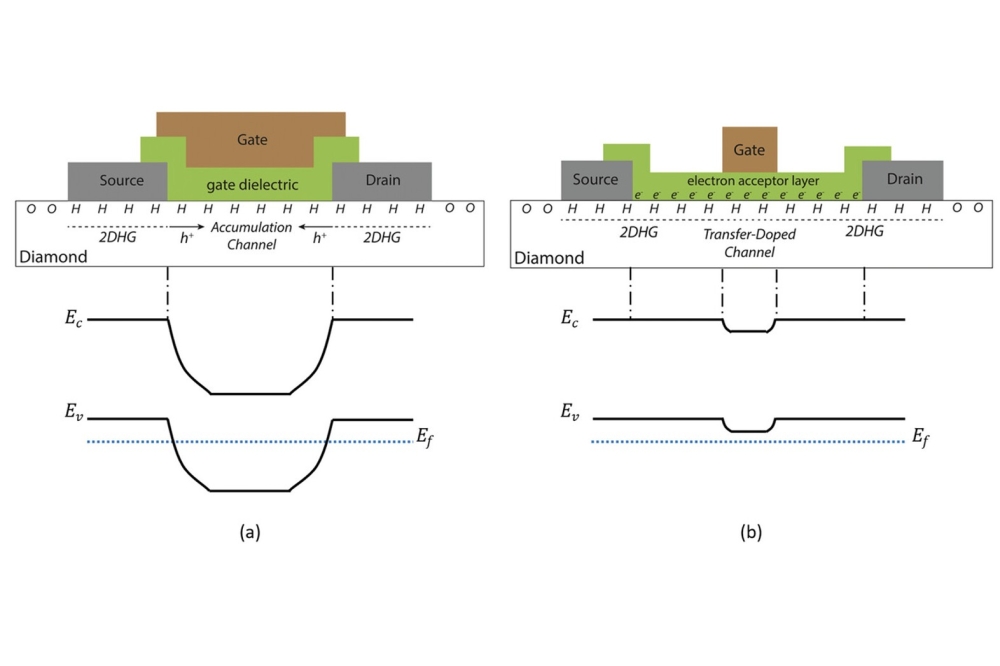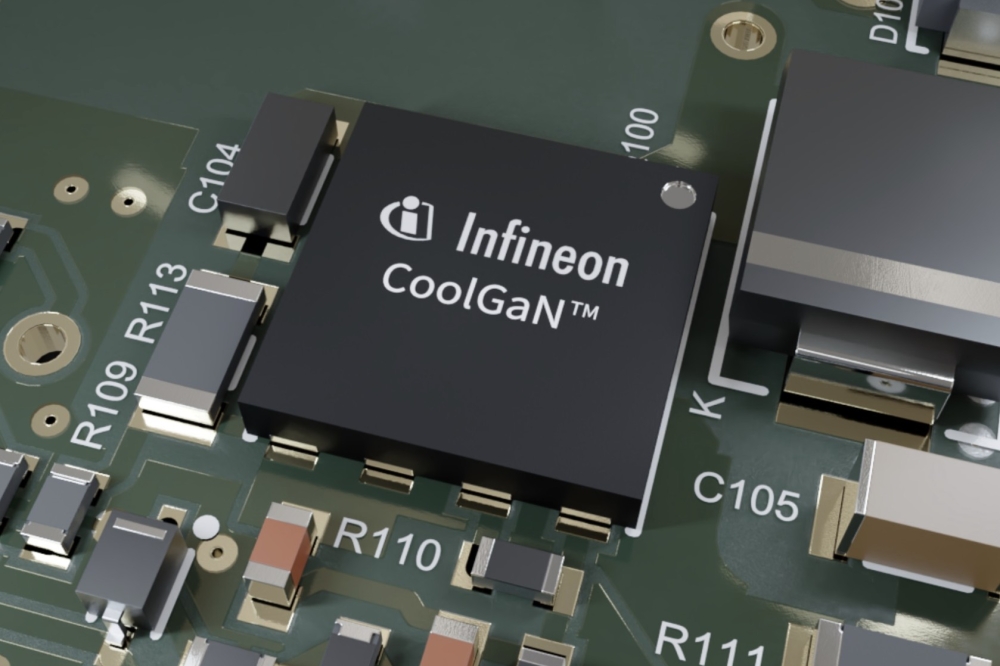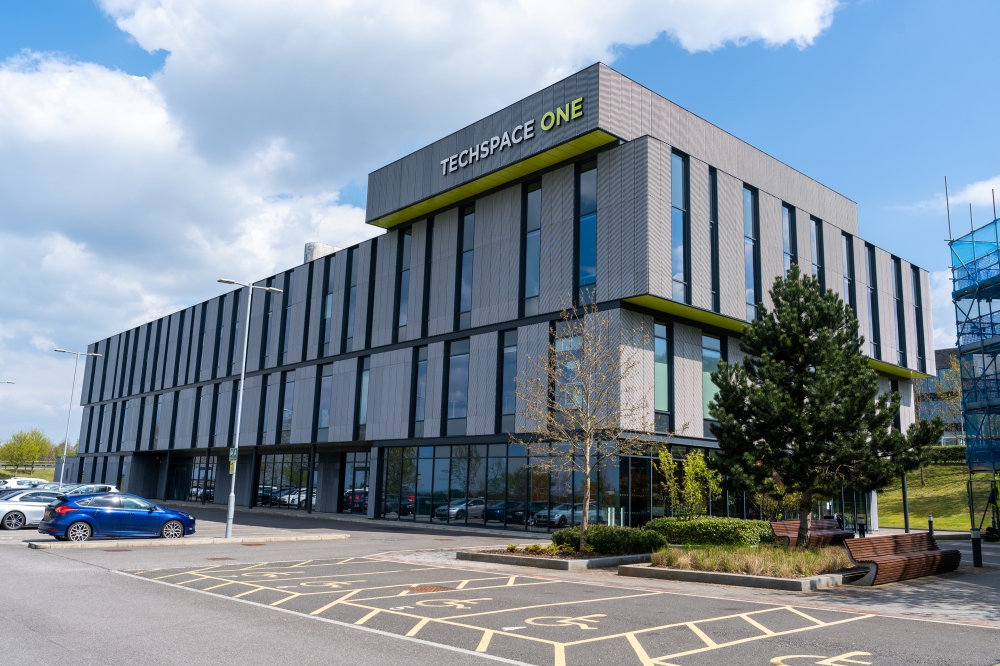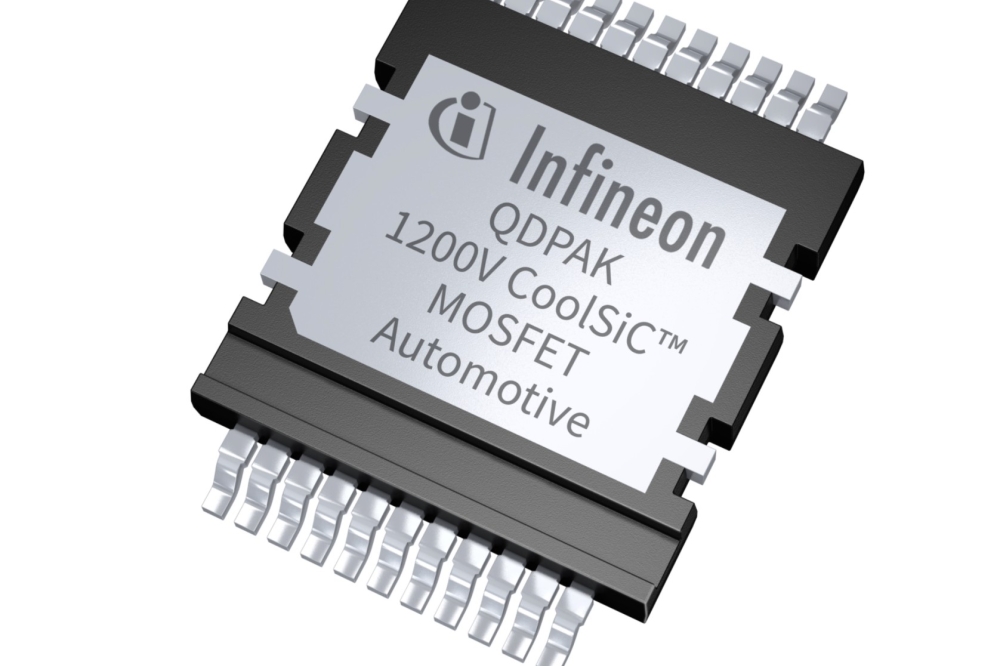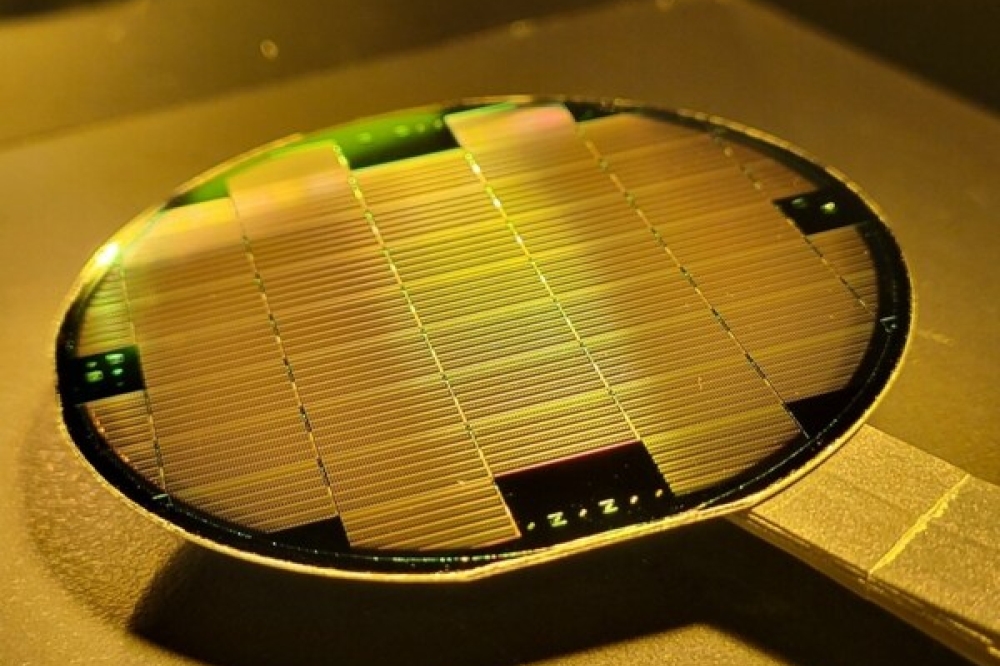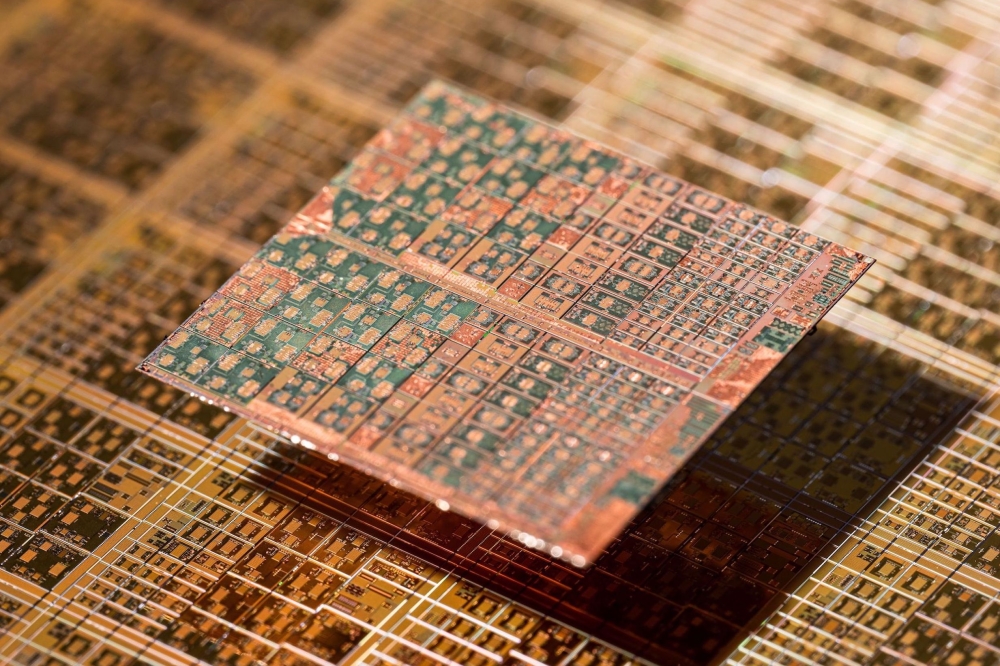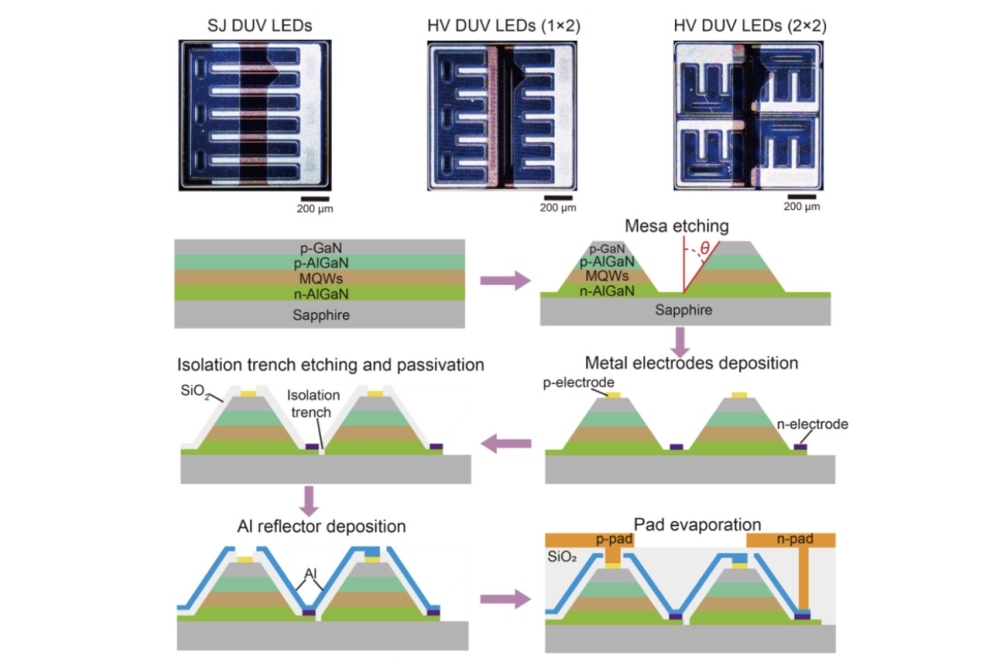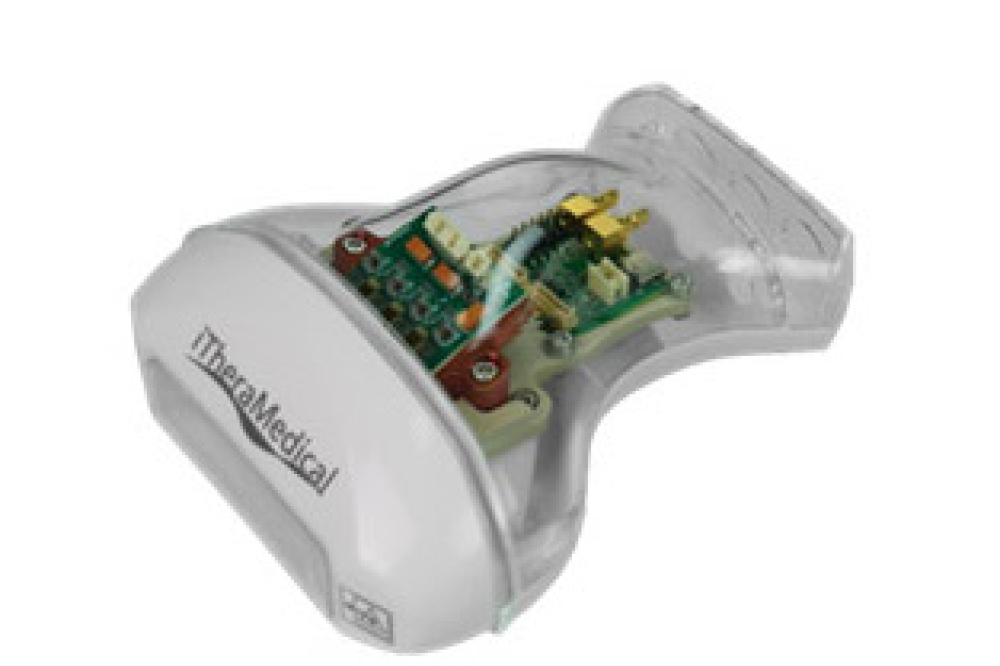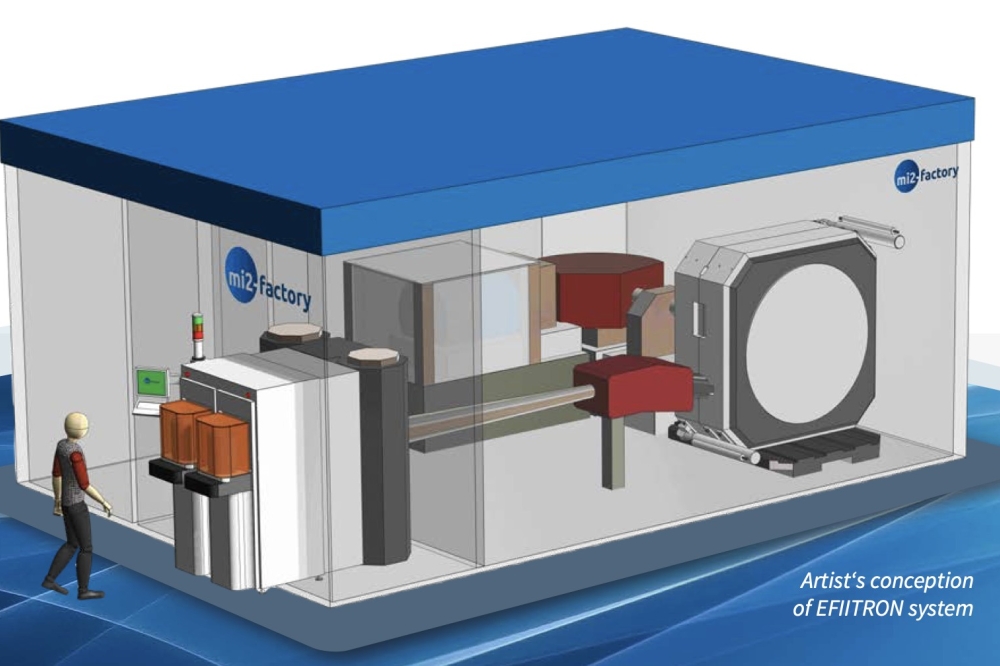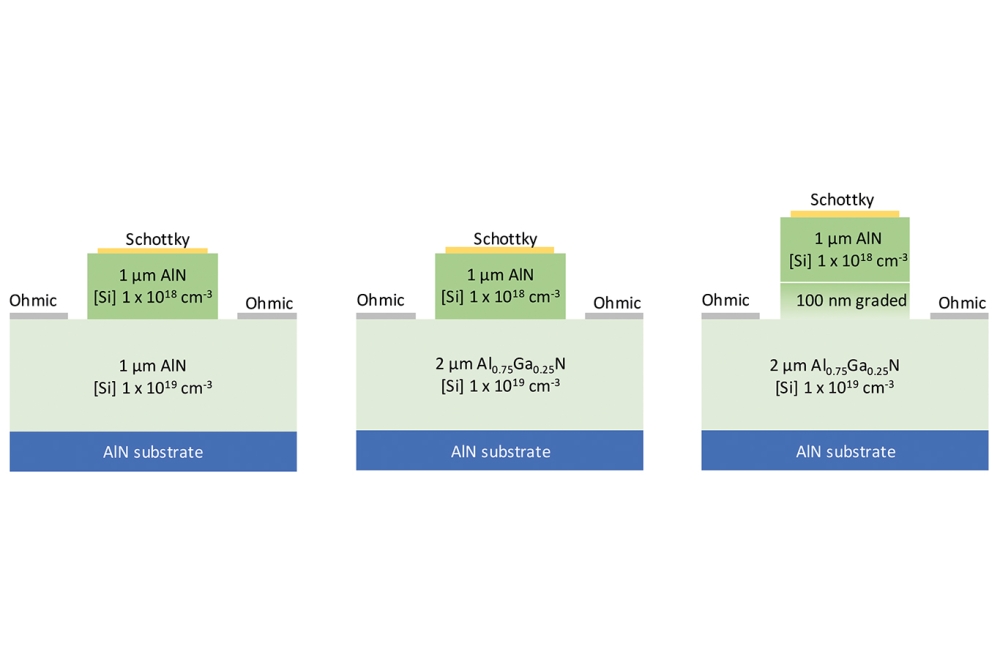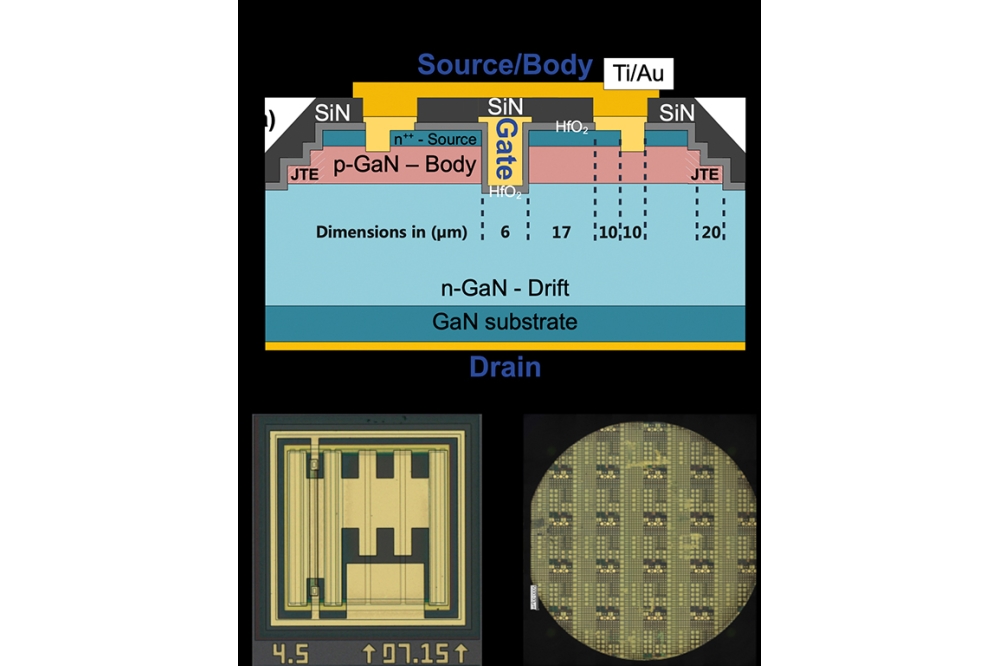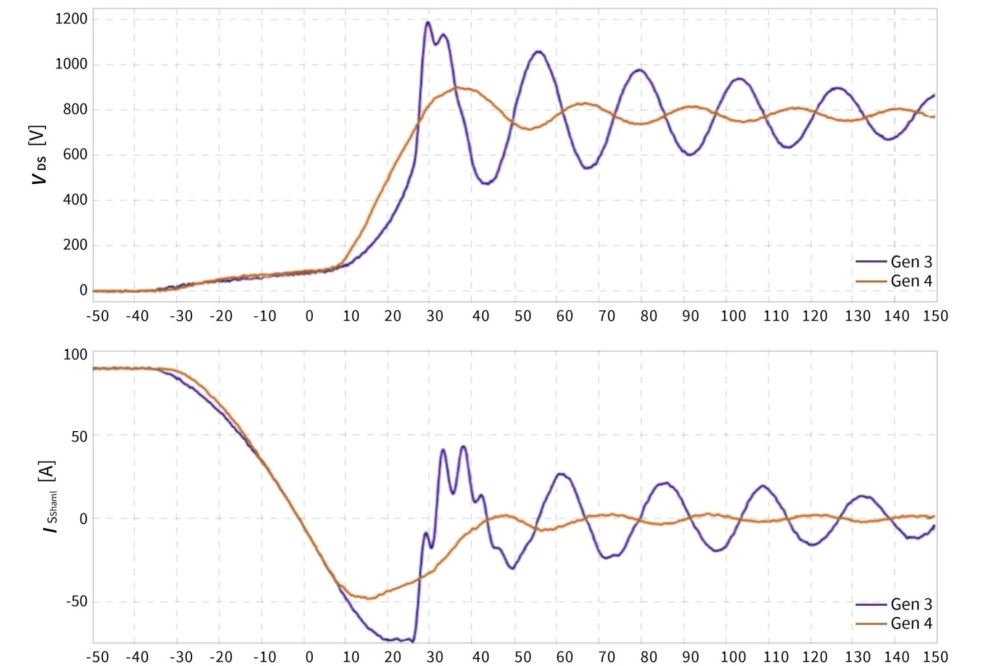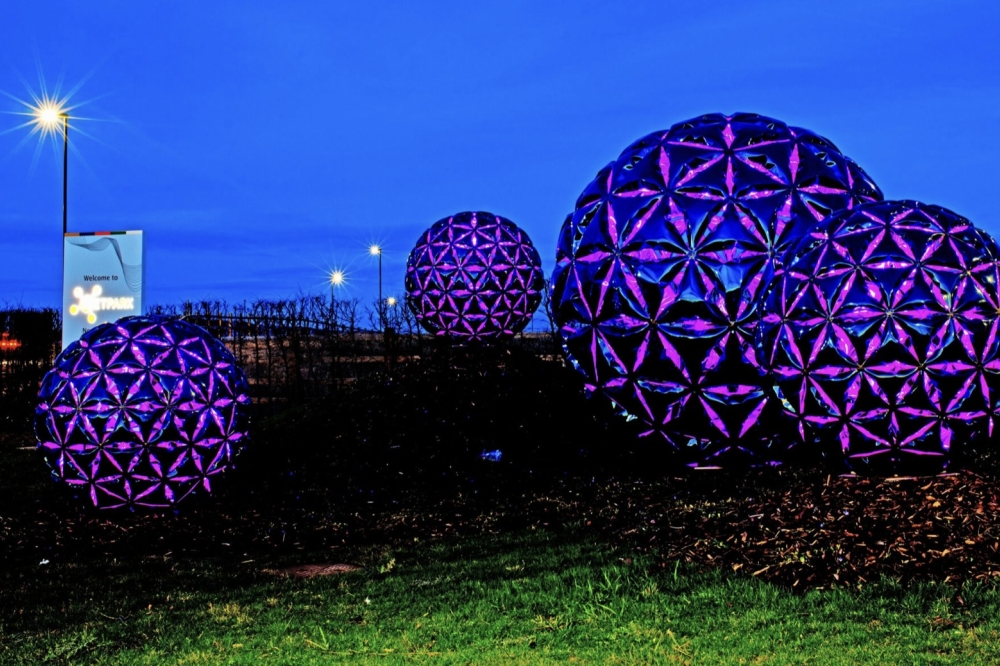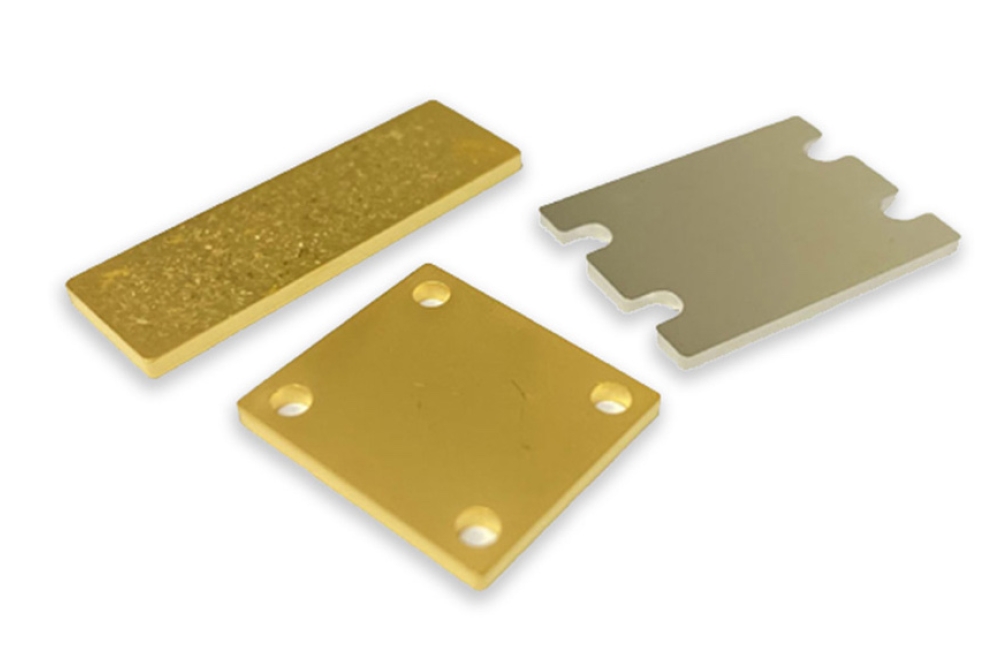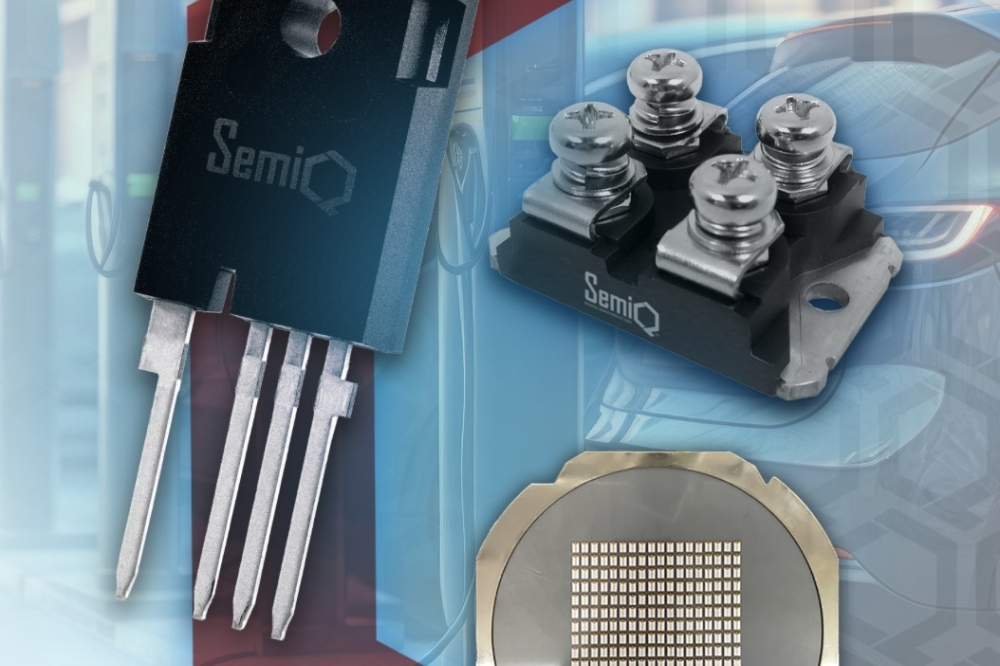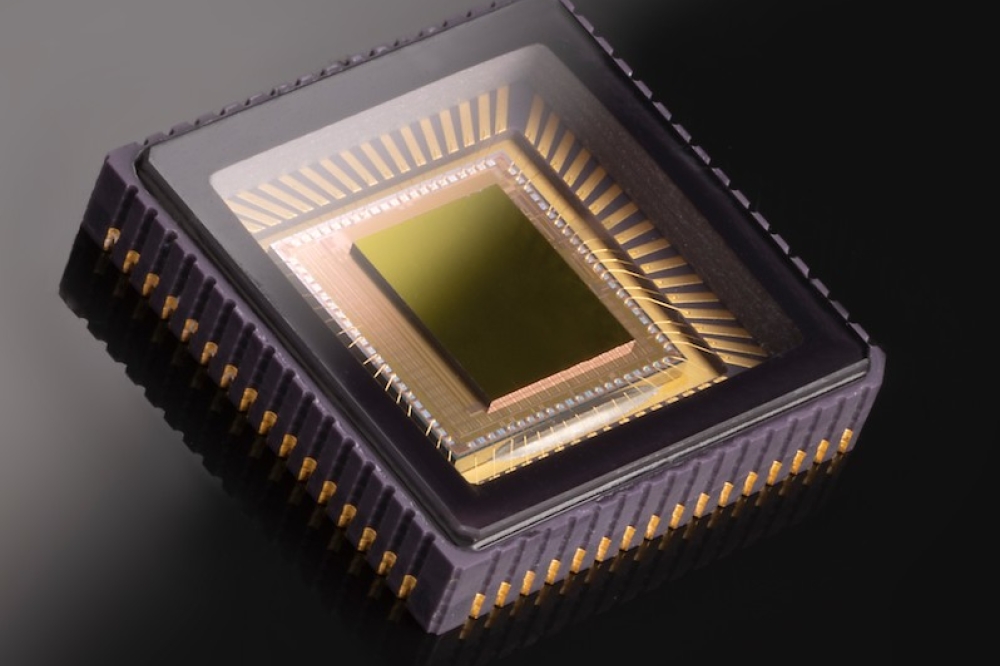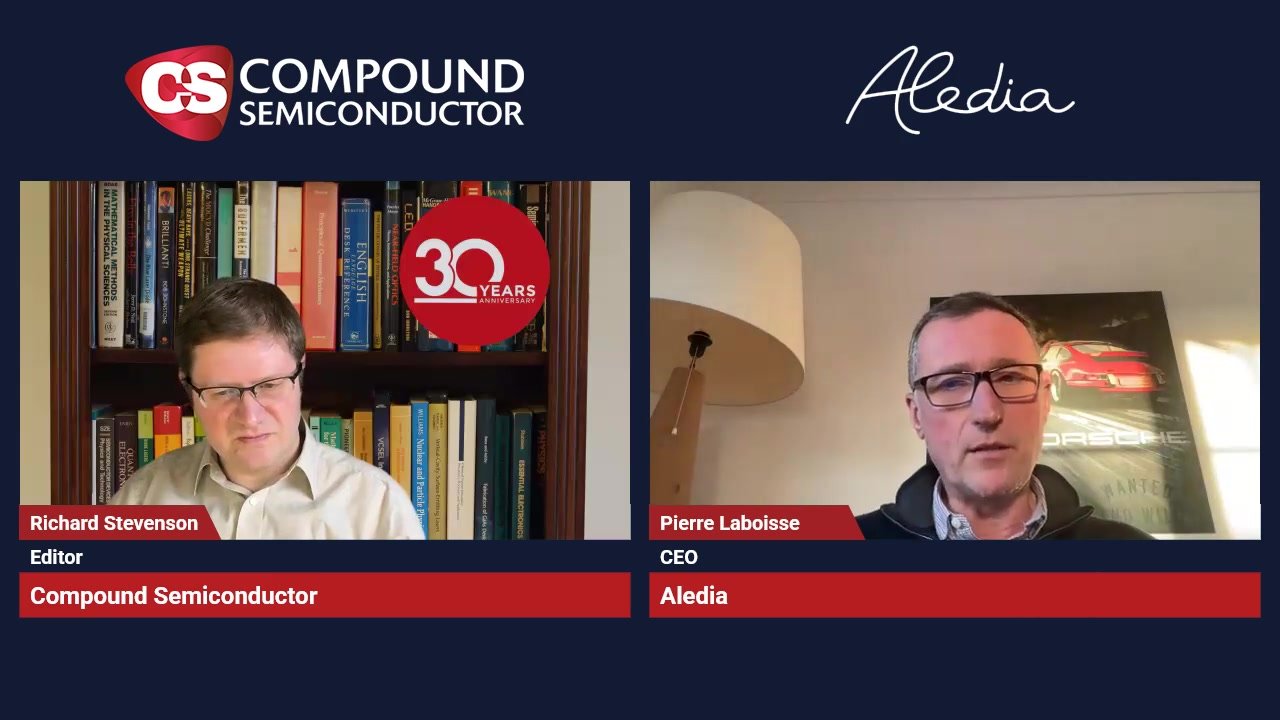HRL moves to Next Phase of DARPA GaN Project

DREaM researchers develop high speed GaN HEMTS with a linearity at least ten times greater than conventional GaN HEMTs
HRL Laboratories, an R&D lab in California owned by Boeing and General Motors, has announced a significant step in the development of next generation of GaN transistors for communications, radar, and 5G wireless networks.
The research team, led by principal investigator Jeong-Sun Moon, has successfully met and exceeded the performance metrics defined by the Dynamic Range-enhanced Electronics and Materials (DREaM) program, a Defense Advanced Research Project Agency (DARPA) effort to improve dynamic range in millimetre-wave (mm-wave) electronics.
HRL has demonstrated a low-noise GaN HEMT with a record linearity for such devices – the ratio between output third-order intercept power (OIP3) and DC power consumption (PDC). The OIP3/PDC of 20 dB at 30 GHz was achieved, at least ten times greater than conventional GaN HEMTs [International Microwave Symposium, 2019]. In parallel, HRL’s DREaM GaN transistors demonstrated state-of-the-art power-added efficiency (PAE) of greater than 70 percent at 30 GHz, a vast improvement over reported PAE of other mm-wave T-gated AlGaN/GaN HEMT devices [Electronics Letters, April, 2020].
Above: The DREaM project’s ultralinear GaN HEMTS enable secure ultra-wideband communication with higher data rates while reducing power draw on end-user platforms, such as ships, aircraft, or satellites.
“We began our efforts in the DREaM project to develop advanced ultra-linear GaN transistors for mm-wave frequencies that enable transmission and reception without distortion across the electromagnetic spectrum,” Moon said. “This technology will enable secure ultra-wideband communication with higher data rates, while reducing the draw on the power sources of end-user platforms, such as ships, aircraft, or satellites.”
With the initial goals reached, DARPA will now take the DREaM program into its second phase. With an even more challenging amplifier performance goal of 94 GHz, DARPA hopes to implement wideband low-noise amplifiers with ambitious end-user needs in mind.
“We are excited by the challenges presented by the Phase 2 goals and we’re confident in our ability to carry the DREaM project forward,” said Moon.
HRL Laboratories’ team also includes engineers Bob Grabar, Joel Wong, Mike Antcliffe, Erdem Arkun, Isaac Khalaf, Peter Chen, Chuong Dao, Andrea Corrion, and Dave Fanning.

